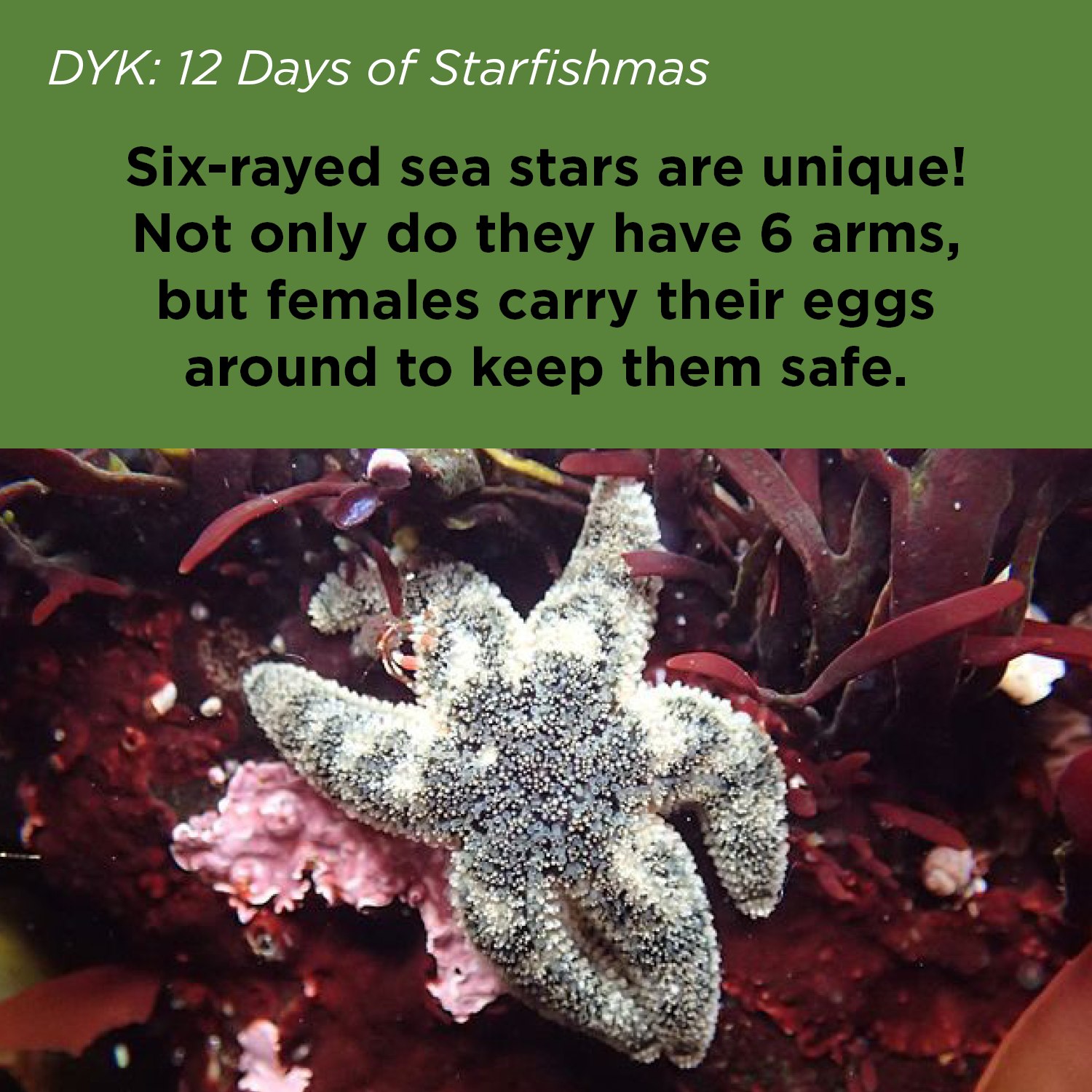- Exploration of the unique biological features and adaptations of sea stars, including regeneration and feeding habits.
- Explanation of the ecological roles sea stars play in marine ecosystems and their impacts on biodiversity.
- Discussion of the threats facing sea stars, such as habitat loss, climate change, and pollution.
- Overview of conservation efforts aimed at protecting sea star populations and their habitats.
- Insights into the role of zoos and aquariums in educating the public and supporting sea star conservation.
Sea stars are captivating creatures with fascinating biological traits. These enigmatic echinoderms are distinguished by their star-shaped bodies, which are sometimes adorned with vivid colors and intriguing textures. One of their most mesmerizing features is their capacity for regeneration. If one of their arms is injured or lost, sea stars can regenerate it entirely. This incredible ability not only aids them in recovery from injuries but also allows certain species to reproduce asexually by splitting themselves in half.
Structurally, sea stars possess a unique water vascular system that functions through a network of hydraulic tubes and ampullae, enabling them to move efficiently along the ocean floor. This system plays a vital role in their feeding mechanisms. Sea stars are mostly carnivorous, feasting on mollusks, coral, and even other echinoderms. They utilize tube feet to pry open the shells of their prey and evert their stomachs to initiate digestion externally before pulling the softened nutrients back into their bodies.
In terms of diversity, sea stars exhibit a broad range of species with varying sizes, colors, and habitat preferences. While some life in shallow intertidal zones, others dwell in the murky depths of the ocean. This diversity allows them to occupy nearly every marine environment, contributing to the intricate tapestry of life found beneath the waves.
Sea stars are pivotal to marine ecosystems. They are recognized as keystone species in some habitats, meaning their presence and behaviors significantly shape the community structures around them. Their predation on mussels, for example, can prevent any single species from monopolizing space and resources, thus fostering a diverse environment with various organisms cohabiting. This balance, however, can be disrupted. Events such as the mass mortality caused by sea star wasting syndrome highlight their fragile nature and the cascading effects their loss can have on marine ecosystems.
The threats sea stars face are numerous and growing. Climate change is a leading concern, affecting the temperature and acidity of ocean waters, which can alter sea stars’ habitats and food availability. Pollution, particularly plastic waste and chemical run-off, further degrades their living conditions, sometimes directly harming these creatures or reducing the resilience of their ecosystems. Additionally, habitat destruction from human activities like trawling and coastal development eliminates critical nursery and feeding grounds.
Efforts to combat these threats encompasses both global initiatives and localized conservation actions. Research is ongoing to comprehend better the impacts of environmental changes and diseases like sea star wasting syndrome. Restoring habitats, implementing marine protected areas, and enforcing sustainable fishing practices are vital strategies for preserving these essential marine inhabitants. Moreover, public education and advocacy are fundamental, emphasizing the importance of individual actions in reducing pollution and supporting conservation programs.
Zoos and aquariums have emerged as key players in the preservation and study of sea stars. By facilitating research and breeding programs, these institutions help maintain the genetic diversity and population numbers of vulnerable sea star species. Public displays and interactive exhibits educate visitors about the ecological significance of sea stars, fostering a connection and raising awareness about the challenges they face. Through collaboration with conservation organizations and universities, zoos and aquariums contribute to habitat restoration projects and surveys that monitor sea star populations in the wild.
Sea stars, including the remarkable variety with two arms times three, are critical to understanding marine dynamics and protecting biodiversity. Their biological complexity and ecological roles underscore the necessity of safeguarding their future. As threats escalate, concerted efforts from researchers, conservationists, and the public are crucial in ensuring the survival and prosperity of these enigmatic symbols of marine life.
*****
Source Description
On the sixth day of Starfishmas my true love gave to me
Facts about a sea star with two arms times three. 🌟


